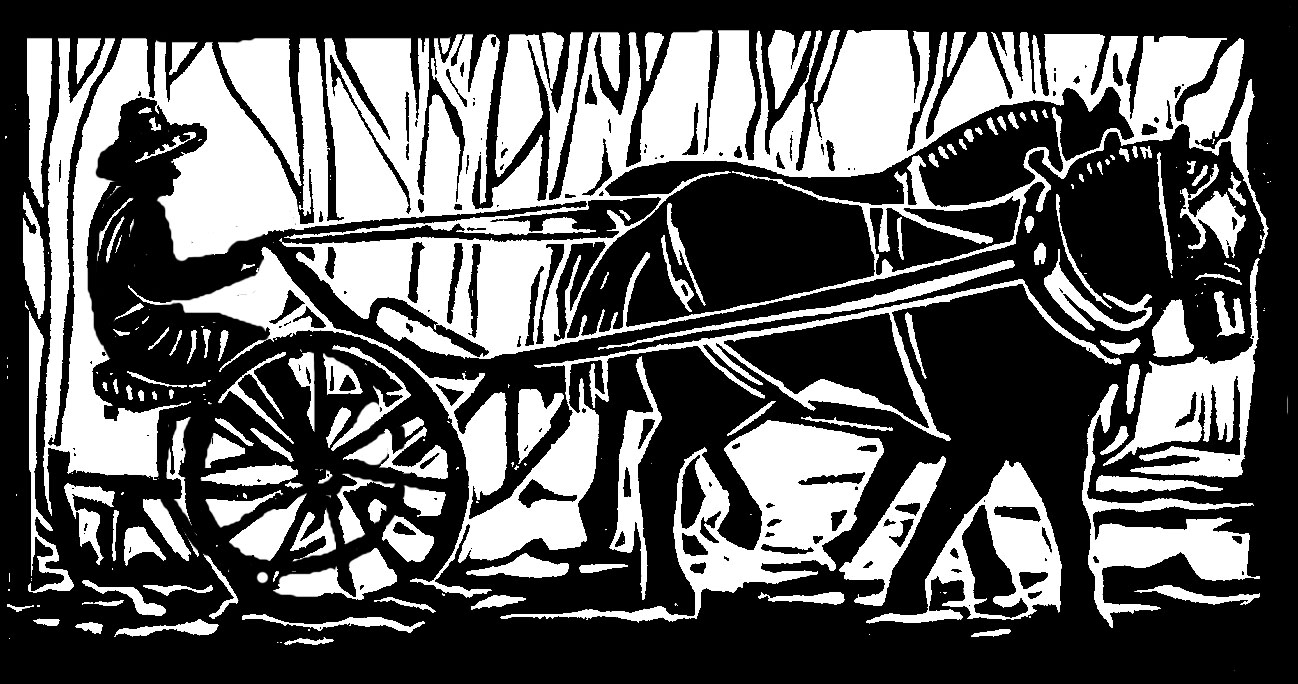July is the month of sighs on our New Hampshire vegetable farm.
Sigh. Spring is over. Spring, when everything is fresh and new and possible, when no big farm disasters have happened yet, when it only takes a warm day after a long winter to have us feeling peppy and excited about a new farming season.
In July, however, we are hot. Very hot. Hot in the greenhouse, hot in the gardens, hot in the hayfield. It is hard to muster up peppy with all that hot, and it's hard to muster up excitement about anything but ice cream and swimming holes, neither of which pursuits seem to get the work done.
Sigh. There sure is a lot of work to do in July. We always say July is the month that crams every farming thing into it. A lot of harvesting. A lot of weeding. A lot of fall planting. A lot of haying. Did I mention a lot of weeding?
As one of our farmer friends said recently, about conversations between farmer-spouses, “In July, we can't talk about whether we'll be farming next year.” He paused. “And we can't talk about divorce, either.” We two farmer-spouses laughed a lot, and knowingly. (At least we were laughing.)
Sigh. The July sigh followed is most often followed by the July phrase: “Gee, I wish we had done that last week.”
Those beets looked pretty good last week. Now they're overrun by weeds. Those tomato plants looked pretty good last week too, and now they're in full flop, desperate for their next clipping up. Those draft horses also looked pretty good in their pasture last week. Now they're looking pretty naughty in a new pasture, otherwise known as our tolerant and forgiving neighbors' lawn, which the horses have taken upon themselves to enjoy, by busting through the pasture fence.
Sigh. The first CSA and Farmers Market harvests are over. The first harvests are greens and salad turnips and kohlrabi and bok choy and strawberries. They are all so delicious, and they are all such short season crops, only a month or less of harvesting. In June, we can finish up a bed of bok choy, and think, “There, got that done for the year!”
But in July, we're picking tomatoes. We're picking zucchini and yellow squash and cucumbers. Of course, these are also marvelous, and very much longed for. Yet once we start picking tomatoes and squash, it means we'll be picking them for the next four long months. We get to know our many tomato and squash rows very, very well.
Sigh. The sparkling clean farm kitchen is no longer sparkling. In June, there's still a hope of sparkle, still an effort made to keep ahead of dirty dishes and cluttered counters.
In July, the dirty dishes multiply almost as fast as the weeds in the garden. The dishes fill the counters, and sometimes even creep on to the floor. There's not much space to cook up a yummy meal, but hey, who needs to cook in July? Let's just slice up a tomato! If we can find a clean knife!
Sigh. Happily, the very last sigh of a July day on the farm is a good sigh, a great sigh, a fantastic sigh: it is the going to bed sigh. There's not much nicer than a good bed after a good day of work in good company, in a good place. (And, of course, with good food to eat!)
Originally published in the Monadnock Shopper News, July 6-July 12, 2016
